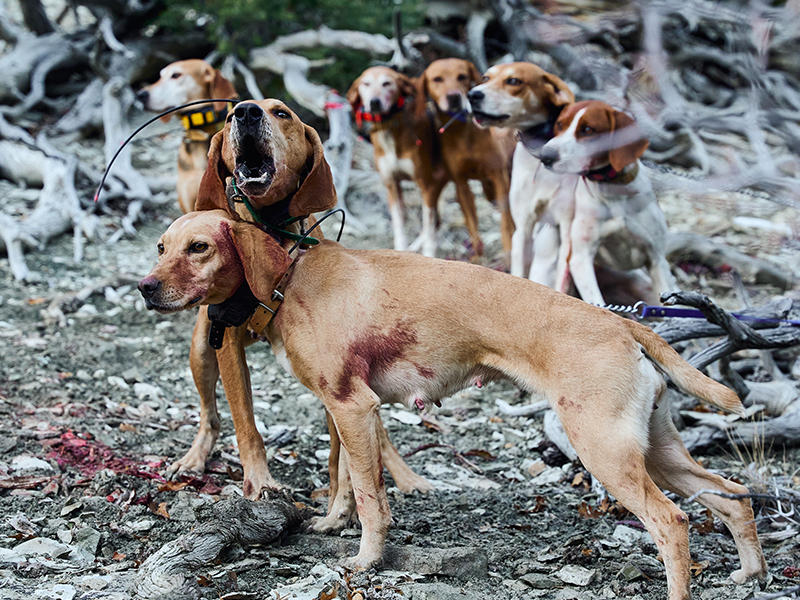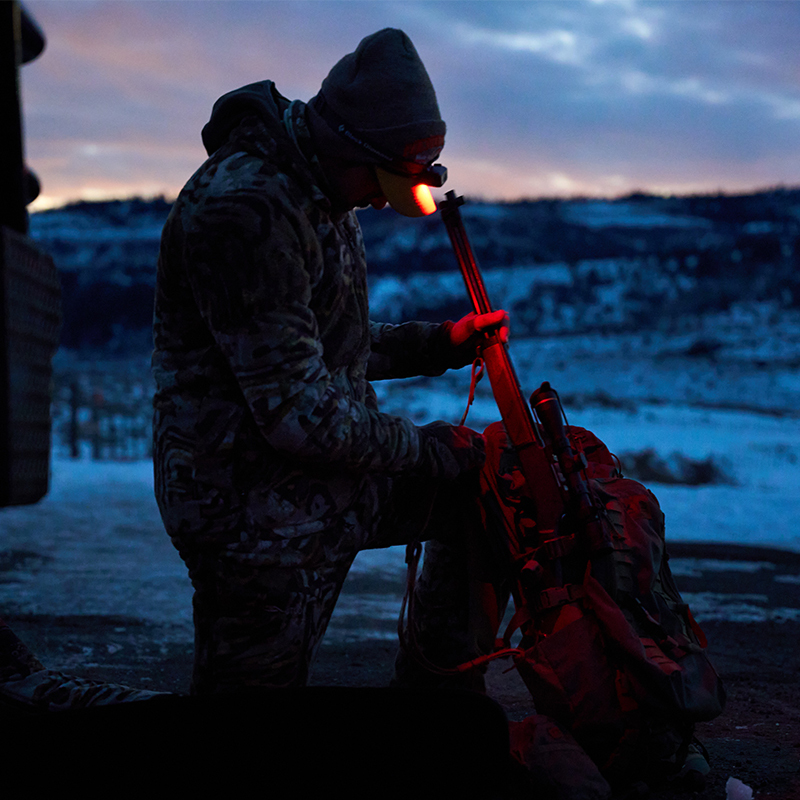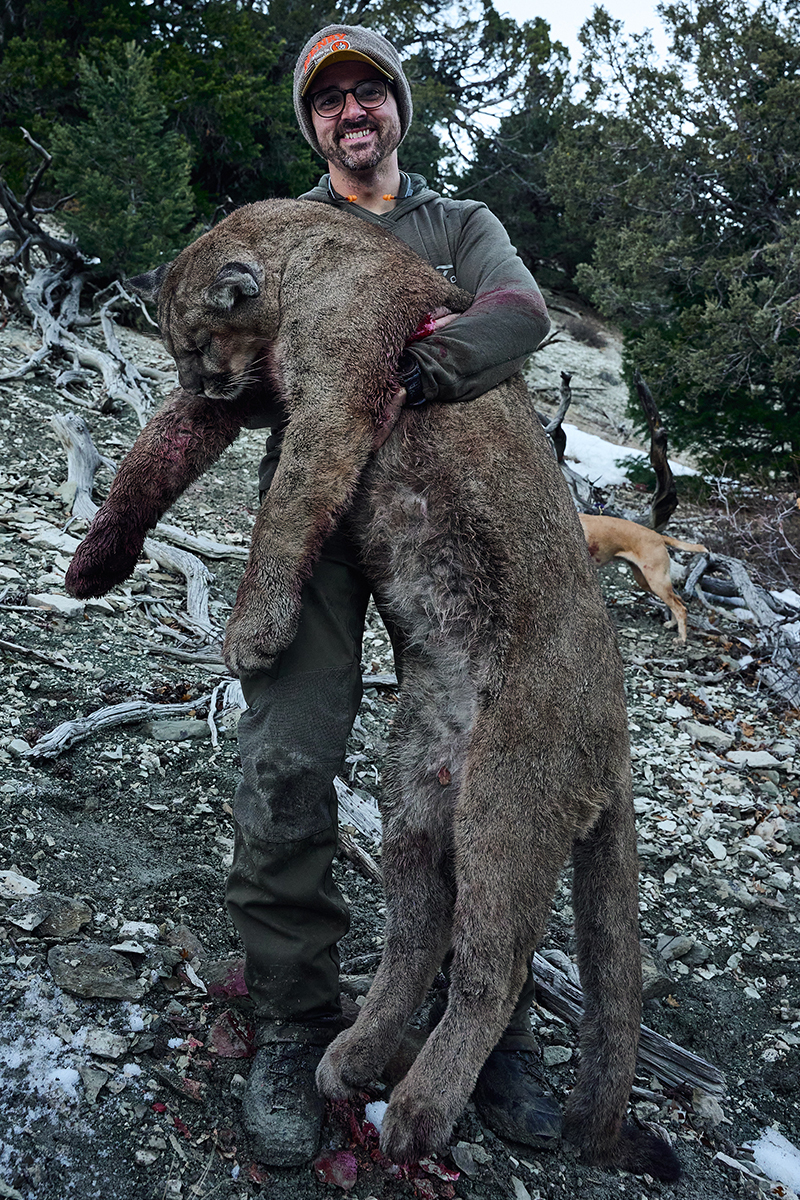Successful Mountain Lion Hunt using Barnes VOR-TX
Posted by James Zandstra Mar 17th 2025
I didn’t overthink my rifle choice when I was getting ready for my mountain lion hunt last December. I grabbed my Henry .30-30. It’s a caliber and platform that I’ve trusted for decades chasing whitetails in Michigan’s thick timber. It’s light, quick to shoulder and it packs enough punch for this hunt. But the real decision came down to ammo. This would be a close-range shot, on a cat that’s all muscle and stealth. I needed something reliable and familiar, something that’d hit hard and drop it fast. I’d used Barnes’ VOR-TX line extensively in the past (on everything from black bears to bull moose) and figured it’d do well on this hunt too. It didn’t disappoint.

The lever-action .30-30 is a Michigan staple. In my circle, owning one is practically a rite of passage. These guns are perfect for the Great Lakes woods, where the shots are close, the brush is thick and you need to move fast. So when I got the chance to hunt a mountain lion out in Utah, I didn’t want to stray far from what I knew. Pairing my rifle with Barnes’ Vor-TX line felt like a no brainer. That TSX bullet’s all-copper design, grooved for smooth feeding in a tube magazine, promises deep penetration and double-diameter expansion.
Mountain lion hunting isn’t like sitting in a deer stand. It’s miles of tracking, dodging rocks and scrub, with hounds pushing the pace. You’re moving, sweating, and when that cat finally trees, you’ve got one shot to make it count. A lion’s not huge, maybe 170 pounds, but it’s pure predator: lean, tough, and quick to vanish if you don’t seal the deal. I needed a bullet that’d punch through muscle and bone to put it down fast. The VOR-TX’s 150-grain TSX delivers. At about 2,335 fps from the muzzle, it’s carrying over 1,800 foot-pounds of energy—plenty for a sub 50-yard shot. It’s not a long-range champ, but up close, it’s a sledgehammer, and that flat nose keeps it cycling flawlessly in my Henry.

For me, picking ammo is about matching bullets to the hunt. The .30-30 shines inside 200 yards, and this wasn’t a canyon-stretching situation. I’d be in the lion’s face when the dogs pinned it. The TSX’s design thrives there: devastating expansion, near-100% weight retention, and a wound channel that doesn’t play games. It’s probably why Barnes calls VOR-TX “precision with terminal results.” For a lever gunner like me, it’s the kind of load that turns a classic rifle into a predator’s nightmare.
The hunt was relentless. We tracked for hours, boots grinding frozen dirt and mud, hounds howling through the ridges. When they treed the lion in a twisted pine, I caught my breath and watched it awe. It stared down, yellow eyes, taut frame, feeling uneasy with how close we were. In an instant, the cat decided it was time to leave. Night was falling and we didn’t have time to tree him again. Chaos ensued as I grabbed my rifle and raced into a position for a clear shot. I settled my crosshairs on his shoulder and squeezed off a shot, as he jumped out of the tree. The VOR-TX cracked the silence, and that TSX bullet ripped through—clean entry, massive exit, done in a heartbeat. The cat died in mid-air. No chase needed. One shot, one kill. Ethical and quick.
For me, that’s the VOR-TX edge: accuracy and power, tailored for the real world. Barnes built it for hunters who trust their gear to perform in all sorts of situations. The meat’s in my freezer, the skull’s on my shelf and the hide is at the tanner. All nods to a heckuva trip and a round that didn’t flinch. If you’re running a lever gun and eyeing a lion, load up with VOR-TX .30-30. Watch the full film here.



